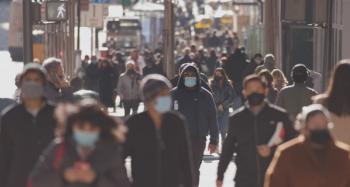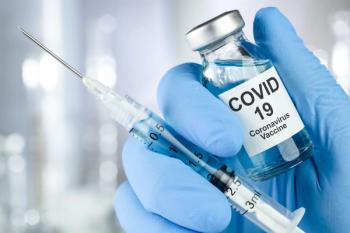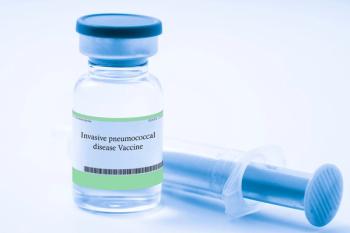
Take responsibility for safe disposal of Rx drugs
Every time pharmacists consult a patient about a prescription they need to address the safety of its use and proper disposal.
James PoonThe United States is the No. 1 consumer of prescription medication in the world. According to a report from the CDC’s National Center for Health Statistics, it is estimated that almost half of all Americans are now taking at least one prescription medication. More important, the United States accounts for 4.6% of the world’s population, yet is responsible for 80% of the world’s opiate consumption. Overprescribing of prescription pain drugs has led to a prescription drug-abuse epidemic in America.
In one attempt to curtail this epidemic, the Drug Enforcement Administration (DEA) sponsored this year’s National Prescription Drug Take-Back Day on April 26. Pharmacists and pharmacies helped to promote the disposal of unused medications and the safe storage of medications to prevent misuse and abuse.
Unfortunately, many medications stay in medicine cabinets to which teenagers have easy access. The 2012 National Survey on Drug Use and Health (NSDUH), sponsored by the Substance Abuse and Mental Health Services Administration, found that approximately 70% of people who abused prescription pain relievers acquired them from friends or relatives, while about 5% purchased them from a drug dealer or from the internet.1
Young people are extremely susceptible to influence by their peers. Given the opportunity, teens will experiment with readily available medications from their parents’ medicine cabinets. According to the National Coalition Against Prescription Drug Abuse, prescription drugs are most commonly abused by 12- to 17-year-olds.
Currently, only 3% of households lock up and secure their medications. Along with other organizations, the CDC is promoting an initiative known as “Up and Away and Out of Sight.”
Easy access to prescription drugs also provides opportunities for criminal
behavior. The street value of oxycodone is as high as $1 per milligram. Yes, an 80-mg pill can be sold for $80. The going rate for one Vicodin tablet is $10. Young people also turn to heroin, which is much less expensive and perhaps may be more accessible than controlled substances. The country’s current epidemic of heroin use is the most extensive seen in 15 years and hits families across all
social and economic strata.
Our responsibility
Do we as pharmacists have a corresponding responsibility to ensure the safety of our patients and their families? Yes, we do. Every time we consult a patient about a prescription, we need to address the safety of its use, not only for the patient, but for the family as well. We need to promote the security of medications and proper disposal of those that are unused.
Flushing or throwing medications into the trash is unacceptable. Medications can pollute the environment. Most drugs dissolve in water when they are flushed down the toilet, but they are not so easily removed by waste-water treatment facilities, which are designed primarily to filter out large particles and not liquid. The best way to protect our water supply from pollution by pharmaceuticals is through safe disposal practices, encouraged by events such as the DEA’s National Prescription Drug Take-Back Day initiative. This event should take place more than once a year.
In California, Senate Bill 1014, introduced by Sen. Hannah-Beth Jackson and amended in April, reauthorizes model guidelines issued by California’s waste-management board for the establishment of voluntary take-back programs by local governments, police departments, community groups, and pharmacies to collect and dispose of home-generated pharmaceutical waste. These model guidelines, which expired at the beginning of January 2013, help with the removal of unwanted drugs and ensure that “they are not resold or available to be abused after consolidation at collection locations,” according to a fact sheet from Sen. Jackson.
“SB 1014, as amended, provides clarity to existing law by specifically authorizing pharmacies to accept return of home-generated pharmaceutical waste, should they decide to do so,” Sen. Jackson noted.
The Senate appropriations committee approved the bill with a 5-1 vote in May.
We have to rethink how we as pharmacists can consult our patients in order to do more for their safety, their families, and our environment.
Reference
Substance Abuse and Mental Health Services Administration, Results from the 2012 National Survey on Drug Use and Health: Summary of National Findings, NSDUH Series H-46, HHS Publication No. (SMA) 13-4795. Rockville, MD: Substance Abuse and Mental Health Services Administration, 2013. http://www.samhsa.gov/data/NSDUH/2012SummNatFindDetTables/Index.aspx. Accessed May 15, 2014.
James Poon is a PharmD candidate at the College of Pharmacy, Touro University, Vallejo, Calif. Contact him at james.poon@tu.edu.
Newsletter
Pharmacy practice is always changing. Stay ahead of the curve with the Drug Topics newsletter and get the latest drug information, industry trends, and patient care tips.













































































































































